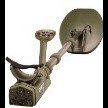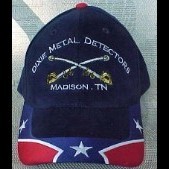Makro Gold Racer Gets A Run, Finally
-
Similar Content
-
- 21 replies
- 49,285 views
-
- 17 replies
- 3,397 views
-
- 8 replies
- 782 views
-
- 4 replies
- 823 views
-
- 1 reply
- 849 views
-
- 7 replies
- 1,161 views
-
-




.thumb.jpg.ac5e8ee36e43bcab745dbc623fcf1874.jpg)



.thumb.jpg.8761b3d9b3da119b9e6d1912f67275ad.jpg)
Recommended Posts
Create an account or sign in to comment
You need to be a member in order to leave a comment
Create an account
Sign up for a new account in our community. It's easy!
Register a new accountSign in
Already have an account? Sign in here.
Sign In Now